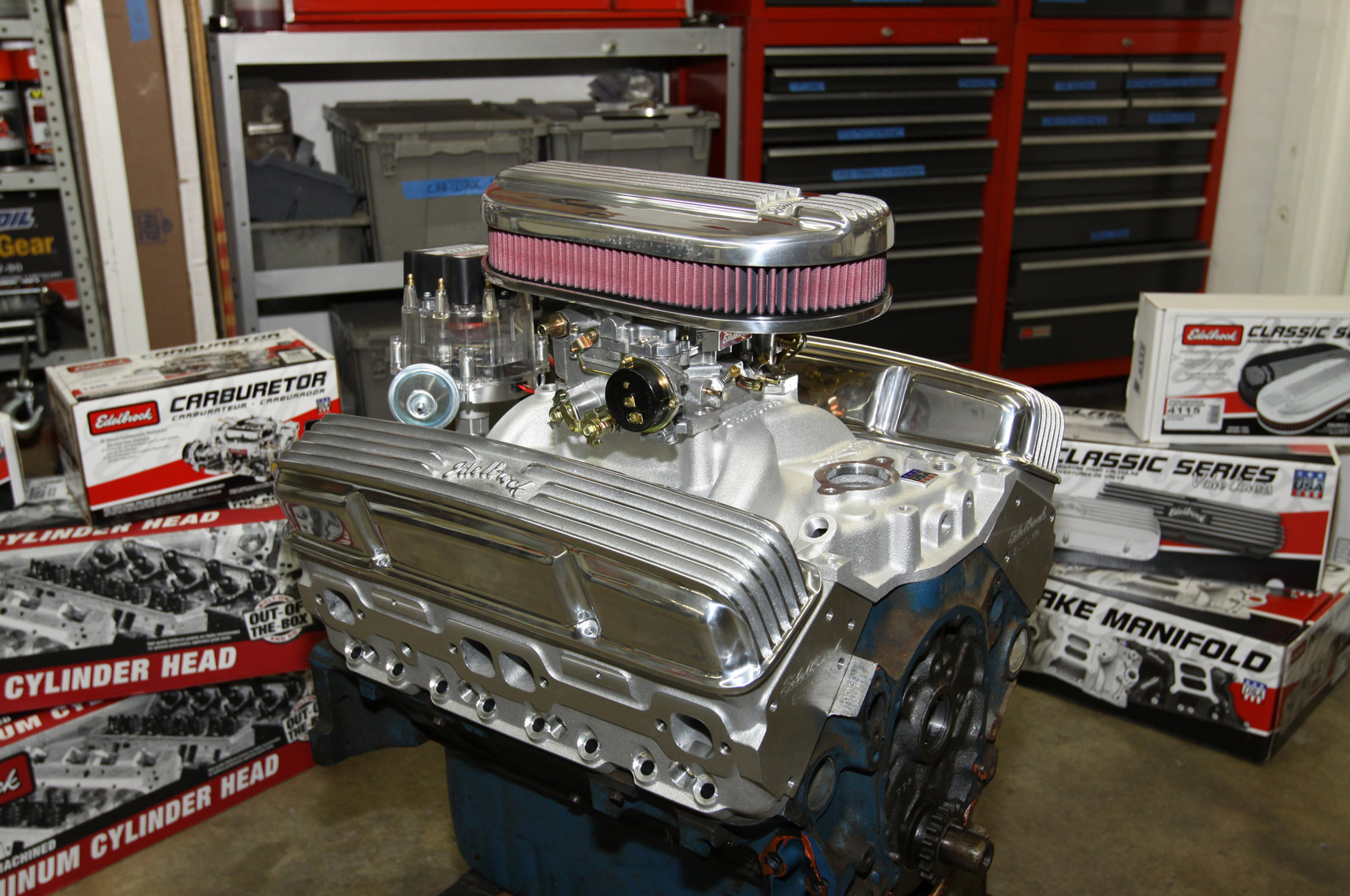When pondering the realm of Chevy engine modifications, a tantalizing question often arises: Can you bore a 305 Chevy engine to a 4.00-inch bore? As enthusiasts, we embrace these challenges, pushing the limits of our engines in search of performance enhancements and greater efficiency. But before you grab that boring bar and dive into the intricate world of engine modifications, let’s unravel the complexities involved in this tantalizing endeavor.
First, let’s understand the foundation. The Chevy 305, a member of the iconic small-block family, is a solid but often underappreciated engine. With a stock bore of 3.736 inches and a stroke of 3.48 inches, this engine was designed as a reliable powerplant for a variety of vehicles during its heyday. While it may not be known for its raw power, it possesses a modifiable essence that draws many to embark on an upgrading expedition.
Now here lies the crux of the discussion: can we push the limits of the 305 by boring it to a full 4.00 inches? Boring an engine involves enlarging the cylinder’s diameter to increase the engine’s displacement, potentially delivering more power and torque. But this process isn’t merely about cranking up the bore size; it comes with a series of considerations and consequences that can either make or break your performance ambitions.
Understanding Engine Specifications
Boring an engine past its factory specifications might lead to various challenges. The structural integrity of the engine block is paramount. The 305 block is designed with certain thickness tolerances, and exceeding these limits can result in compromised strength. When you bore out a cylinder, you reduce the wall thickness between cylinders, potentially leading to issues such as overheating or cylinder wall failure. Therefore, it is essential to assess whether your specific block can accommodate such a modification without risking catastrophic failure.
The Pros and Cons
As with any modification, there are both advantages and disadvantages to consider. On the pro side, increasing the bore can lead to a significant boost in horsepower and torque. More displacement typically translates to greater combustion volume, allowing for more fuel and air mixture, and thus, enhancing the engine’s power output. Additionally, an increase in displacement can improve throttle response and overall engine efficiency, making the car more enjoyable to drive.
However, the cons cannot be overlooked. The cost and complexity of boring your engine can be substantial. Precision machining is required, and errors can be costly, not to mention the potential for needing new pistons, rings, and additional components to complement the new bore size. Moreover, boring your engine often requires recalibrating the entire engine management system, which can lead to further expenses.
The Role of Cylinder Heads and Compression Ratio
A crucial factor in any engine modification is the cylinder head. The interaction between the cylinder head and the new bore size can significantly influence performance. You don’t merely bore the engine; you must also consider the flow characteristics of the heads to ensure that they can handle the increased displacement efficiently. This might mean upgrading to higher-performance cylinder heads to maximize airflow, which in turn can lead to more power. Additionally, if you raise your compression ratio by boring out the engine, this could affect the type of fuel you’ll need to run for optimal performance.
Potential Challenges
Diving deeper into this modification, let’s discuss the practical challenges. One major hurdle is finding a machine shop that has experience with such modifications on a 305 engine. Not all machine shops have the tools or expertise required for precise boring, especially to the larger 4.00-inch diameter.
Moreover, consider the potential for unintended consequences. An improperly bored engine might experience issues such as vibration, excessive cylinder wear, or premature failure. Engine balance and proper tuning become even more critical when modifications occur. You may find that changes in your engine’s dynamics necessitate a complete reevaluation of the drivetrain, transmission setup, or even the rear-end gearing to achieve an ideal power band.
Detuning and Tuning Considerations
Another important aspect to factor in is tuning. After boring the engine, tuning becomes imperative. The engine’s air-fuel mixture, timing, and other parameters must be meticulously optimized to take advantage of the new bore size. This often requires upgrading the carburetor or fuel injection system, as a stock setup might not suffice to match the airflow requirements of an engine with a larger displacement.
The Bottom Line
So, can a 305 Chevy engine be bored to a 4.00-inch bore? The answer isn’t a simple yes or no. While it may be technically feasible under the right conditions, the potential risks and modifications involved create a challenging landscape for any enthusiast. It requires careful consideration, ample resources, and effective planning before embarking on this mechanical adventure.
Ultimately, the decision to bore your engine comes down to your performance goals and your willingness to embrace the potential challenges that come with such a significant modification. As you approach this question, keep in mind that the journey of modifying an engine is often as rewarding as the end result itself. Whether you’re the proud owner of a classic Chevy or a modern muscle car, the pursuit of perfection is what makes automotive passion thrive.
